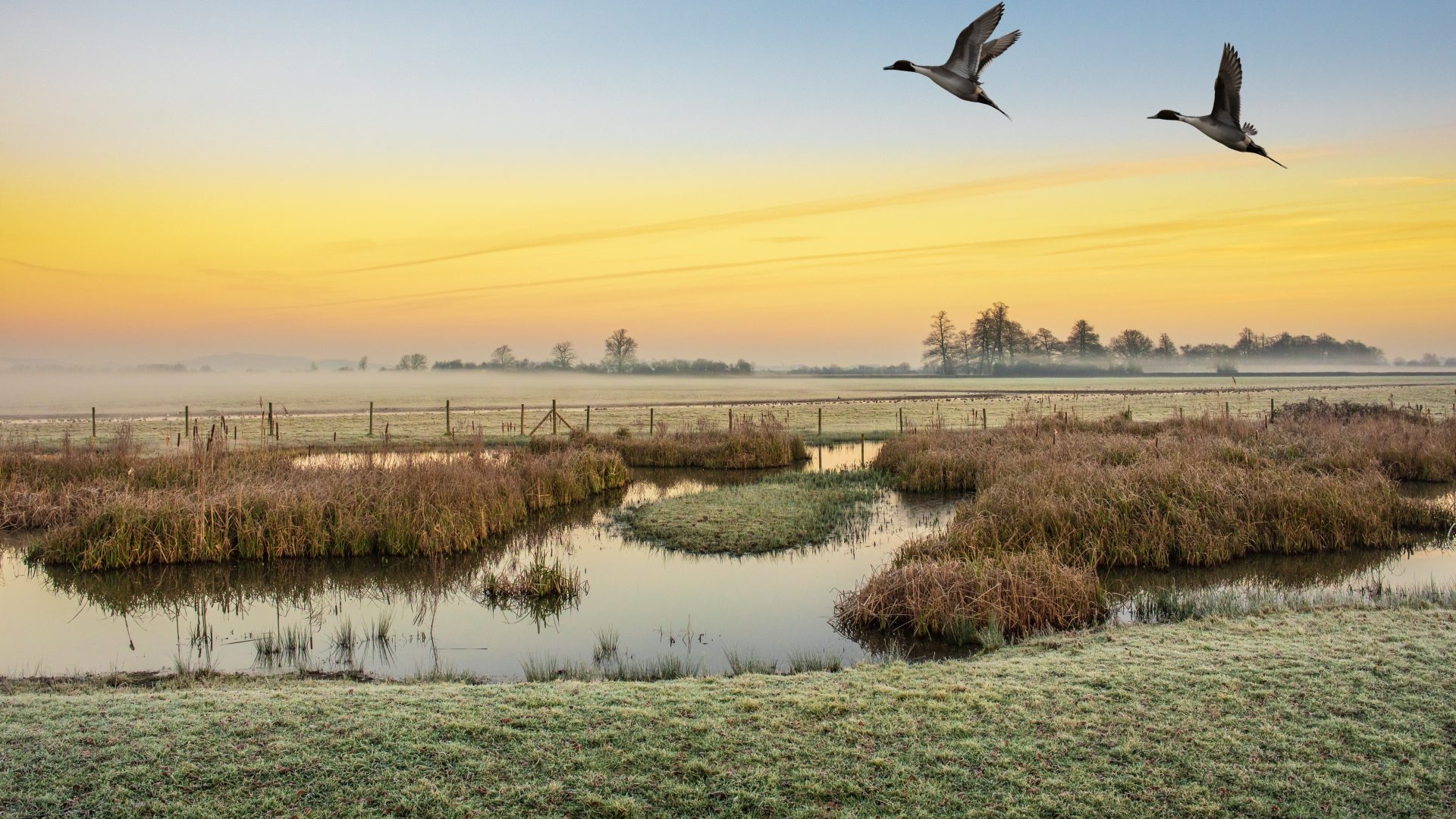Planning permission has been granted for The Moors at Arne, a scheme on the Isle of Purbeck adapting approximately 150 hectares of low-lying grassland into diverse wetlands.
A partnership between the Environment Agency, RSPB, and Natural England, the project will provide essential space for nature to replace areas lost elsewhere in Poole Harbour due to sea level rise.
The granting of planning permission by Dorset Council means this ambitious scheme to compensate for the impacts of climate change can proceed, and a three-year programme of construction will begin in spring 2023.
Careful construction of new tidal embankments will create a mosaic of saline and freshwater areas. These new areas will take several years to establish and will continue to evolve over time, but in doing so will protect natural surroundings, while improving and maintaining flood resilience. Without these works, this unique coastal landscape and its wealth of protected species is at risk from sea level rise and could be lost in the future.
Ron Curtis of the Environment Agency said:
“We are delighted to be working in partnership with RSPB and Natural England on such an exciting project that will provide benefits for wildlife and all those who live, work or visit the Poole harbour area.”
Dante Munns of the RSPB said:
“We are delighted that this scheme has been approved. It has taken a long time to plan and develop and is an exemplar of how technical specialists, stakeholders and the wider public have worked together.
“This will create fantastic homes for wildlife, with opportunities for people to experience the wonderful birdlife this area has to offer.”
When the Moors at Arne is complete, visitors will be able to enjoy the site’s new permissive walking paths and bird-viewing points all year round to catch a glimpse of avocets, and a host of other winter-waders that are anticipated to use the newly created wetland. Close collaboration with the RSPB and Natural England has ensured the project’s construction programme safeguards the site’s rare plants and host of resident creatures which include water voles, sand lizards, and birdlife.
Extensive archaeological investigations have also been conducted, revealing fascinating insights into how the landscape has changed over time and the evolution of human interaction with the moors. This scheme marks exciting new chapters in the landscape’s evolution, and our human interaction with the moors.



